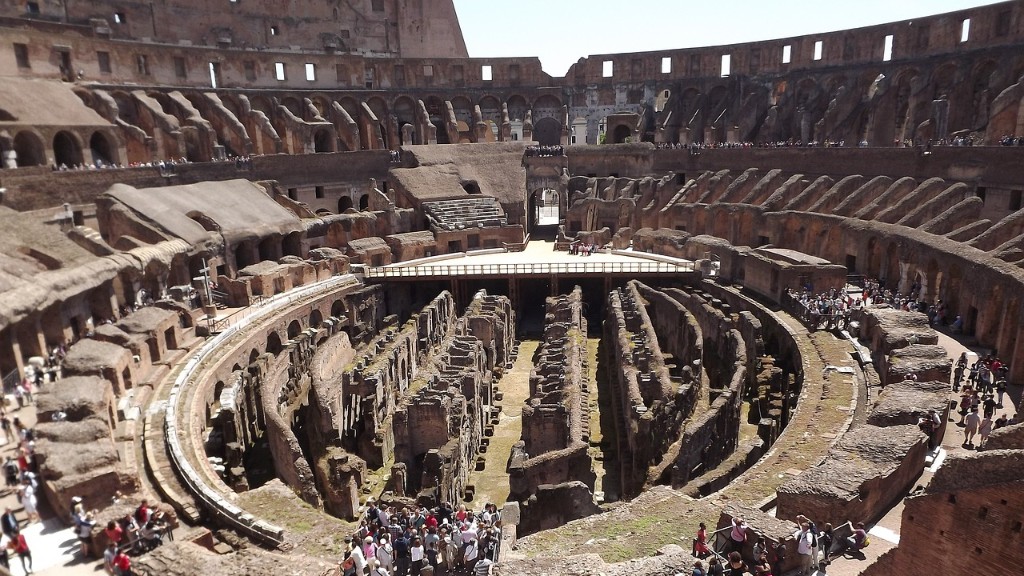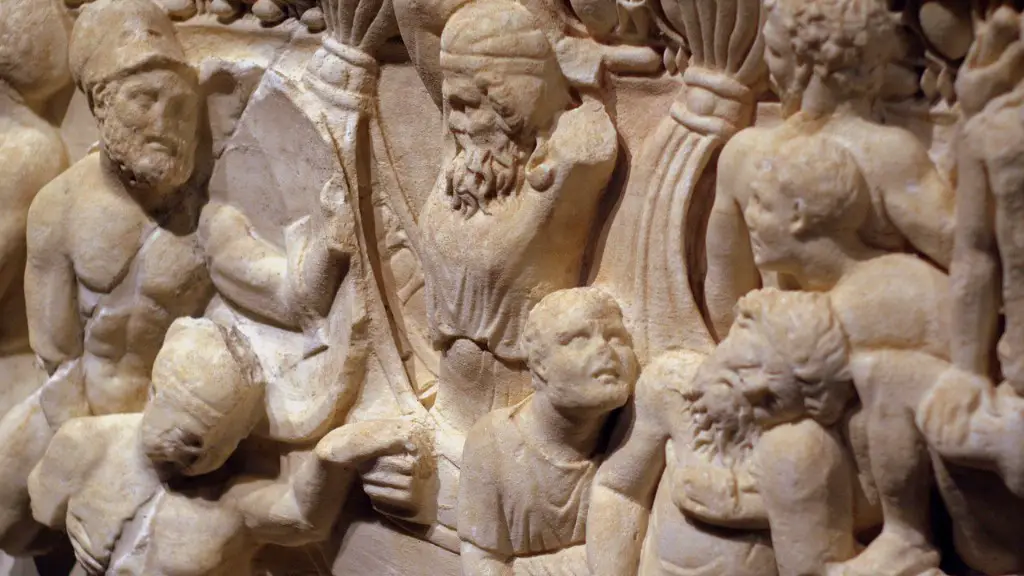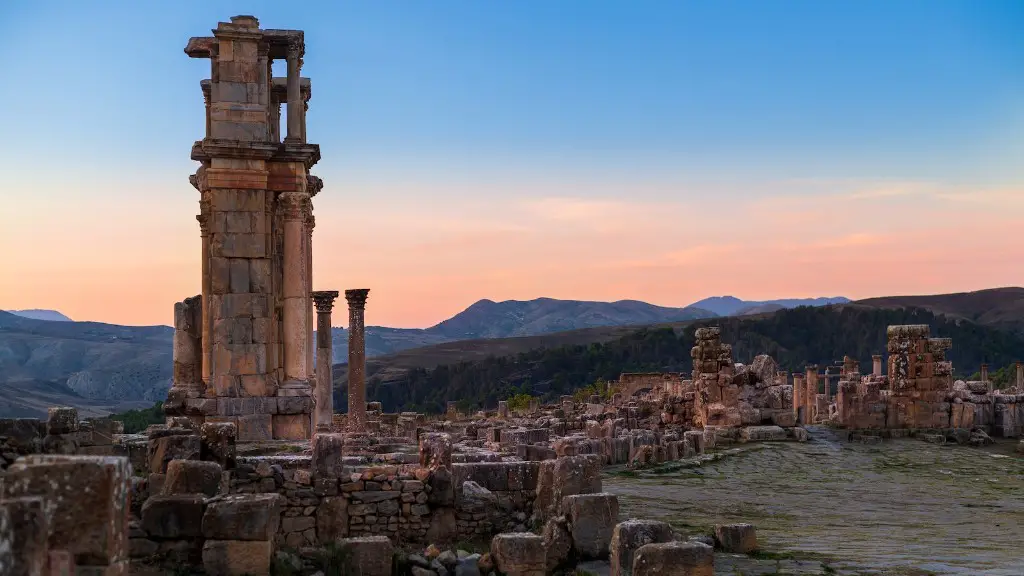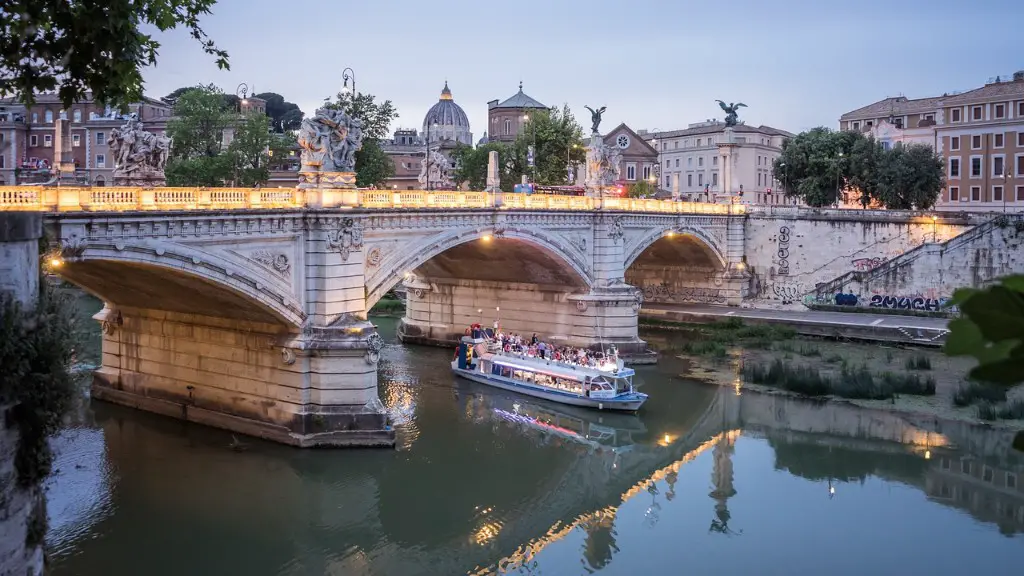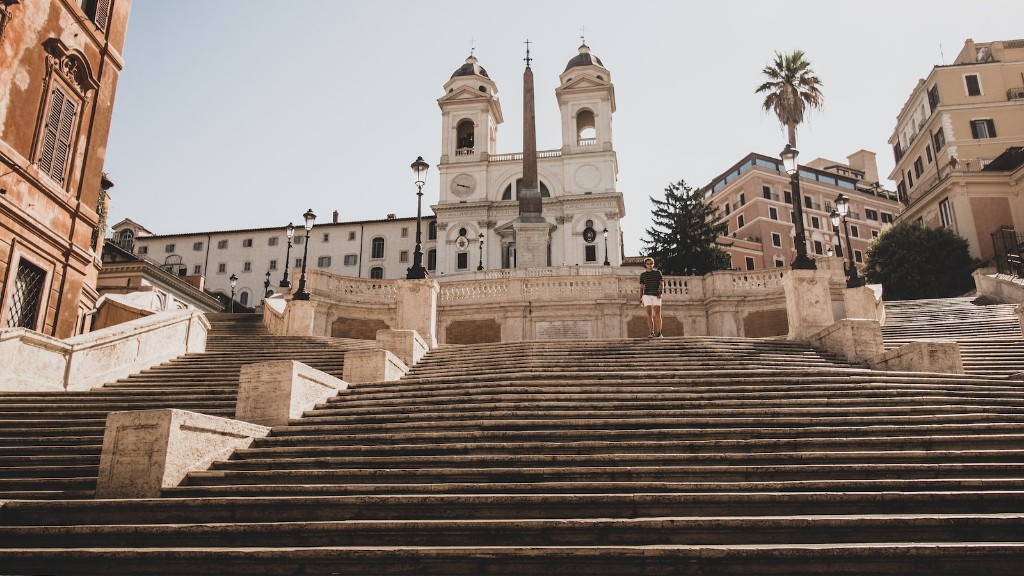What would it be like to live in Ancient Rome? Imagine a bustling and bustling city where the people roam the streets and meet in the Forum for social and political affairs. The Senate would be in session and charioteers fill the Circus Maximus. It was a time when citizens faced a daily struggle as they sought to make a living, but it was also filled with innovation and grandeur.
The ancient city of Rome was a place of culture, history and hospitality. The city was the hub of creativity, commerce and culture in the Mediterranean. The Coliseum was an imposing symbol of the Roman Empire, used for gladiatorial contests, theatrical performances, and animal hunts. The Forum Romanum was used for public speeches and debates, while temples to the gods were scattered around the city.
The lifestyle of Ancient Rome was one of hard work and enjoyment. The citizens were expected to take care of their own basic needs, including cooking, cleaning, and farming. Men typically worked in a trade while women managed the home and children. Aqueducts brought clean water to the citizens from distant sources, allowing them to take daily baths. The affluent had slaves to take care of their needs and perform menial tasks.
Ancient Rome was deeply religious and devoted to their gods. Temples dedicated to gods like Jupiter and Juno dotted the city. Religion was used to explain natural events and to regulate politics, law, and the organization of society. Public holidays were filled with festivals and other religious activities.
When the sun set, Ancient Rome underwent an amazing transformation. The streets and buildings were illuminated by oil lamps and torches. Nighttime was a time of relaxation and merriment, as people went to the theatre to view comedies and dramas. Life at night could be dangerous for those who ventured outside their homes, but the risk did not deter everyone from enjoying the nightlife.
Ancient Rome was a vibrant and culturally rich city that could be both a fearful and enjoyable place for its citizens. It was a city of opportunity, offering engaging lifestyles for the citizens and providing a thrilling destination for modern visitors.
Culture and the Arts
Roman culture was heavily influenced by the Greeks, who were some of the first settlers in Italy. Art, literature, philosophy, and science all began to thrive in Ancient Rome, with most of its residents having access to some form of schooling. Roman art depicted various aspects of life, including religion and society. The Latin language was widely spoken and many of the surviving records of Ancient Rome were written in it.
The ancient Romans were also big supporters of the theatre and had a thriving drama scene. The most well-known theatres were in the Forum and near the Colosseum. Plays were performed and athletes competed for the chance to claim a prized victory, with grand spectacles taking place for all to witness.
In terms of visual art, the ancient Romans were well-versed in carving and painting. They placed a great emphasis on copying Greek sculptures to create lifelike figures, although some of their artwork featured Roman gods. Mosaics and architecture from the period still remain, showcasing the skill and imagination of the Roman artisans.
Social Structure
Social life in Ancient Rome was based on a hierarchical system, with the patricians at the top. They were landowners and held most of the political power. Below them were the plebeians, who were the commoners and made up the majority of the population. Slaves were at the bottom of the social ladder and had few rights or opportunities.
Rome was also divided into divisions based on occupation or political power. Class divisions were strictly enforced, with members of the lower class not allowed to climb to the upper class or even marry outside of it. However, this system was gradually eroded as the Roman Empire expanded and its citizens became more exposed to different cultures and ideas.
Family life was extremely important in Ancient Rome. The head of the family, typically the father, was expected to provide for the family and handle any legal matters. Men typically married upon reaching adulthood and married women were expected to remain faithful to their husbands. Women were also expected to bear children and were granted special privileges as mothers.
Politics and Governance
In Ancient Rome, political power rested in the hands of the Senate, which consisted of patrician families. They made the laws and had the authority to pass any decree they deemed necessary. The Senate also had the authority to declare war and to tax the population. The Senate was headed by two consuls who were chosen from within its ranks.
The Senate was subject to the will of the people, who voted for the Senate candidates in their districts. This system worked for centuries, although it did not always favour the lower classes. Some reforms were implemented to give them more rights, but it wasn’t until the late Republic period that Rome became a more democratic society.
However, some of the most significant achievements in Ancient Rome were in the areas of law and infrastructure. The Twelve Tables were introduced, which contained the first set of laws that applied to all Romans. Roads and aqueducts were also built across the empire, making it easier to travel and exchange goods.
Economics and Trade
Ancient Rome was an economic powerhouse, with many of its citizens making a living through trade and commerce. It was one of the most important ports in the Mediterranean and shipped goods across the world. Wine, olive oil, and spices were among the most traded items, and were also exchanged with other cities in the Roman Empire.
The Roman economy relied heavily on slavery. Slaves were used to farm, produce goods, and provide services for their wealthier counterparts. Slavery did not only apply to those who were captured in wars, but also those given up by their parents or even sold into slavery by the poorer classes.
Rome was also a major provider of currency, with a vast number of coins made out of gold, silver, and bronze. This helped facilitate trade and ensure the buying power of Roman citizens. In addition, large public works were constructed to transport goods and water, bringing seemingly inaccessible areas closer together.
Daily Life in Ancient Rome
The citizens of Ancient Rome led a relatively comfortable life. The wealthy had grand homes filled with luxuries, while the poor lived in modest dwellings. Public baths, an amphitheatre, marketplaces, and temples all allowed for social activities and entertainment throughout the day.
Rome was an incredibly vibrant city, with gods that were revered and festivals that filled the city with life. Wine, food, and bars were available for everyone to enjoy. The citizens of Rome lived their lives with the knowledge that they were part of a powerful empire.
Life in Ancient Rome was hard work and no doubt filled with danger. But it was also rich in culture and a great source of opportunity. It was a melting pot of people, religions, and ideas, and a place of grandeur and awe. Its legacy is evident today, and its citizens enjoyed a unique and often wonderful experience.

